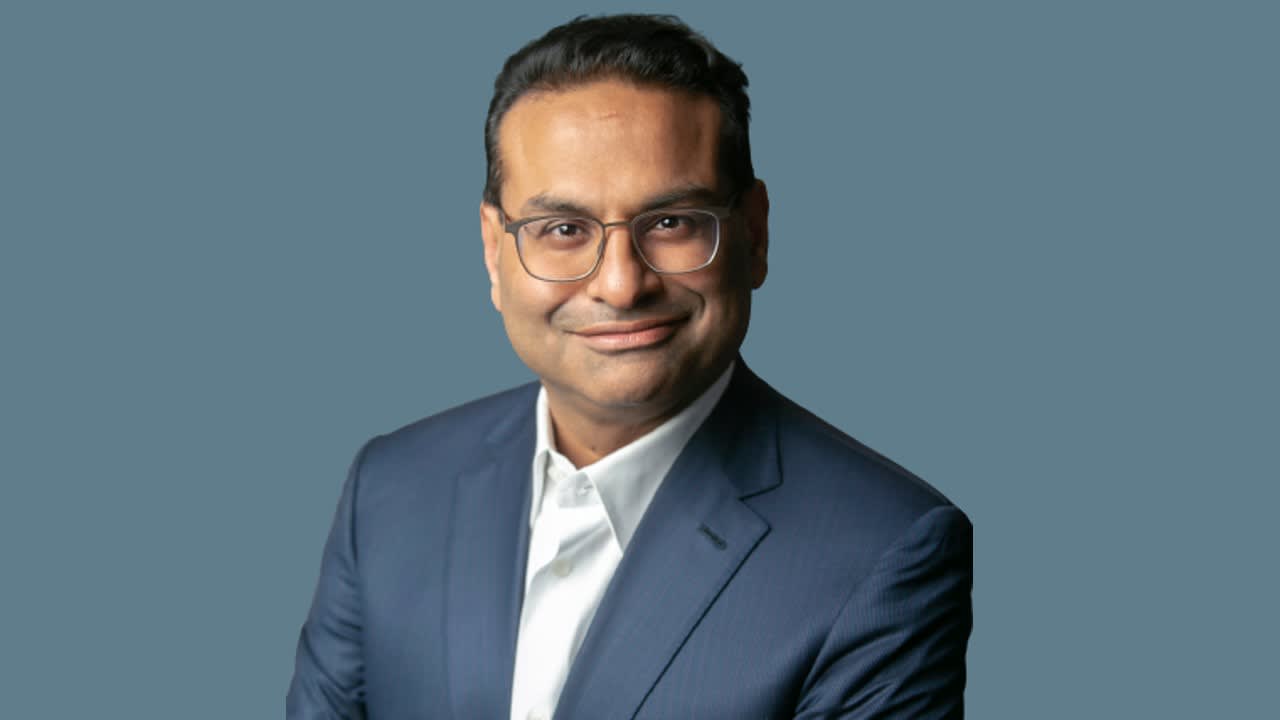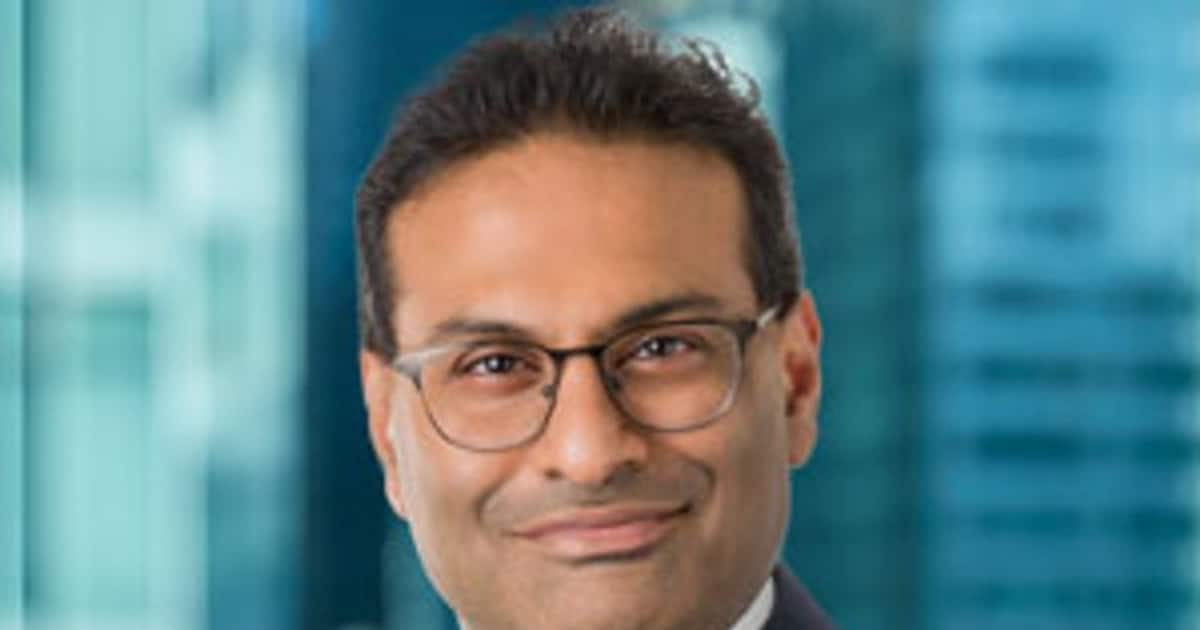Narasimhan’s Vision for Starbucks

Laxman Narasimhan, the current CEO of Starbucks, has Artikeld a clear vision for the company’s future, focusing on both growth and transformation. He aims to leverage the brand’s global reach and customer loyalty to drive sustainable growth, while also addressing challenges and adapting to the evolving coffee landscape.
Key Initiatives and Goals, Ceo laxman narasimhan
Narasimhan’s vision for Starbucks centers around three key pillars:
* Growth and Innovation: This pillar emphasizes expanding Starbucks’ global presence, particularly in emerging markets. The company aims to introduce new products and experiences, including expanding its digital offerings and exploring new formats like drive-thrus and mobile-only stores.
* Customer Experience: Narasimhan believes in enhancing the customer experience by focusing on personalized service, creating a welcoming and inclusive atmosphere, and leveraging technology to personalize interactions.
* Sustainability and Responsibility: Starbucks is committed to environmental sustainability and social responsibility. This includes initiatives like reducing its environmental footprint, supporting ethical sourcing practices, and empowering employees.
Challenges and Opportunities
Narasimhan faces several challenges in leading Starbucks through a period of transformation:
* Competition: The coffee industry is highly competitive, with established players like Dunkin’ Donuts and McDonald’s, as well as new entrants like Blue Bottle Coffee and local roasters.
* Economic Uncertainty: Global economic fluctuations can impact consumer spending, potentially affecting Starbucks’ sales.
* Changing Consumer Preferences: Consumers are increasingly demanding high-quality, ethically sourced coffee, along with unique and personalized experiences.
* Technological Disruption: The rise of e-commerce and mobile ordering has disrupted the traditional coffee shop model, forcing Starbucks to adapt.
However, these challenges also present opportunities for growth:
* Emerging Markets: Starbucks has significant potential for growth in emerging markets, particularly in Asia and Latin America.
* Digital Innovation: The company can leverage technology to enhance the customer experience, personalize offers, and drive efficiency.
* Sustainability Leadership: Starbucks can position itself as a leader in sustainability, attracting environmentally conscious consumers.
Impact of Narasimhan’s Leadership
Narasimhan’s leadership is expected to have a significant impact on Starbucks’ long-term success. His focus on innovation, customer experience, and sustainability aligns with the evolving needs of consumers and the coffee industry. By embracing technology, expanding globally, and prioritizing ethical practices, Narasimhan aims to solidify Starbucks’ position as a leading coffee brand for years to come.
The Future of Starbucks under Narasimhan: Ceo Laxman Narasimhan

Laxman Narasimhan, the new CEO of Starbucks, faces a challenging yet exciting future. He inherits a company that has experienced both success and challenges in recent years. Navigating the evolving coffee market, adapting to changing consumer preferences, and driving sustainable growth will be key to his leadership.
Narasimhan’s Impact on Starbucks’ Future
Narasimhan’s background in consumer goods and his experience with global brands like PepsiCo position him well to address the challenges Starbucks faces. His focus on digital innovation, personalization, and customer experience aligns with the evolving needs of today’s coffee consumers. He is expected to leverage technology to enhance customer engagement, streamline operations, and drive efficiency.
Narasimhan’s emphasis on sustainability and ethical sourcing will also resonate with consumers increasingly concerned about environmental and social issues. Starbucks’ commitment to ethical coffee sourcing and environmental sustainability has been a key differentiator, and Narasimhan is likely to further strengthen these initiatives.
Comparison of Starbucks’ Performance under Different CEOs
The following table compares Starbucks’ performance under different CEOs, highlighting key metrics:
| CEO | Years in Office | Revenue Growth (annual average) | Comparable Store Sales Growth (annual average) | Key Achievements |
|—|—|—|—|—|
| Howard Schultz | 1987-2000, 2008-2017 | 17.2% | 5.4% | Expansion into global markets, introduction of Frappuccino, loyalty program launch |
| Jim Donald | 2005-2008 | 10.1% | 2.7% | Improved operational efficiency, reduced costs |
| Howard Schultz | 2008-2017 | 12.5% | 4.3% | Expansion into new markets, digital innovation, focus on sustainability |
| Kevin Johnson | 2017-2022 | 10.4% | 3.1% | Growth in China, digital initiatives, mobile ordering expansion |
| Laxman Narasimhan | 2023-Present | | | |
Note: Data is based on publicly available information and may vary slightly depending on the source.
Scenario Analysis of Potential Outcomes under Narasimhan’s Leadership
It’s crucial to consider different scenarios to understand the potential outcomes under Narasimhan’s leadership:
Scenario 1: Successful Execution of Narasimhan’s Vision
– Narasimhan successfully implements his vision of digital innovation, personalized customer experiences, and sustainability.
– Starbucks achieves sustained revenue and profit growth, exceeding industry averages.
– The company strengthens its brand image and maintains its position as a global coffee leader.
Scenario 2: Challenges in Adapting to Market Dynamics
– Narasimhan faces difficulties in adapting to changing consumer preferences and market trends.
– Starbucks struggles to maintain its competitive edge and faces declining sales and profitability.
– The company may need to re-evaluate its strategy and make significant adjustments.
Scenario 3: Impact of External Factors
– Global economic conditions, supply chain disruptions, or geopolitical events negatively impact Starbucks’ performance.
– The company faces challenges in managing costs and maintaining profitability.
– Narasimhan’s ability to navigate these external factors will be critical to Starbucks’ success.
Ceo laxman narasimhan – Laxman Narasimhan, the newly appointed CEO of Starbucks, faces the challenge of navigating a complex and dynamic market. His previous experience with PepsiCo and his current role at Starbucks position him to understand the nuances of the food and beverage industry, including the fast-casual segment where Chipotle thrives.
The performance of chipotle stock will likely be a key indicator for Narasimhan as he seeks to revitalize Starbucks and compete effectively within the fast-growing segment of the market.
Laxman Narasimhan, the current CEO of Starbucks, brings a wealth of experience from his previous roles in the consumer goods industry. His leadership style is marked by a focus on operational excellence and a commitment to driving innovation. Before assuming the role of CEO of Starbucks, he held the position of CEO of ceo of starbucks , a global coffeehouse giant.
Narasimhan’s leadership journey at Starbucks will undoubtedly shape the company’s future trajectory, with a focus on enhancing customer experience and navigating the evolving coffee market.